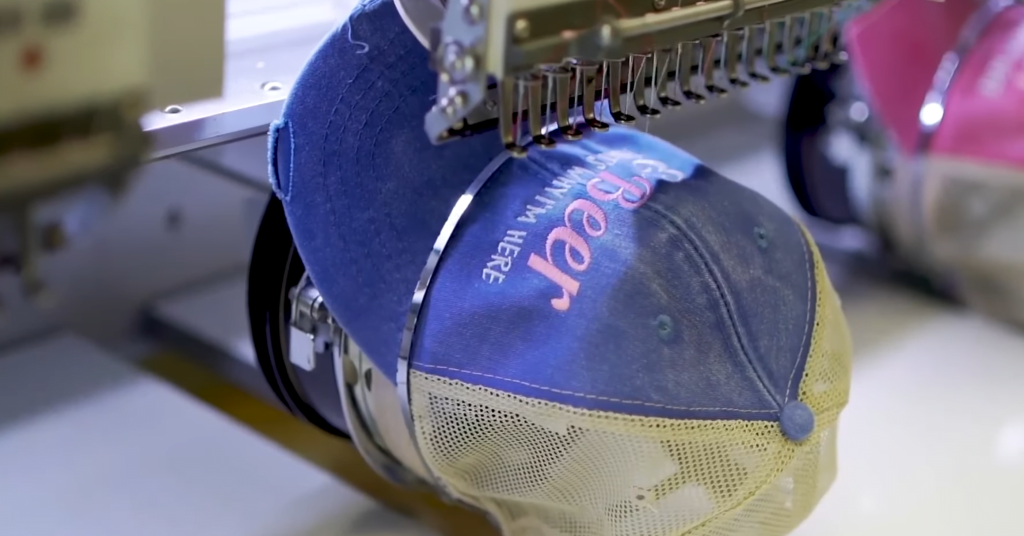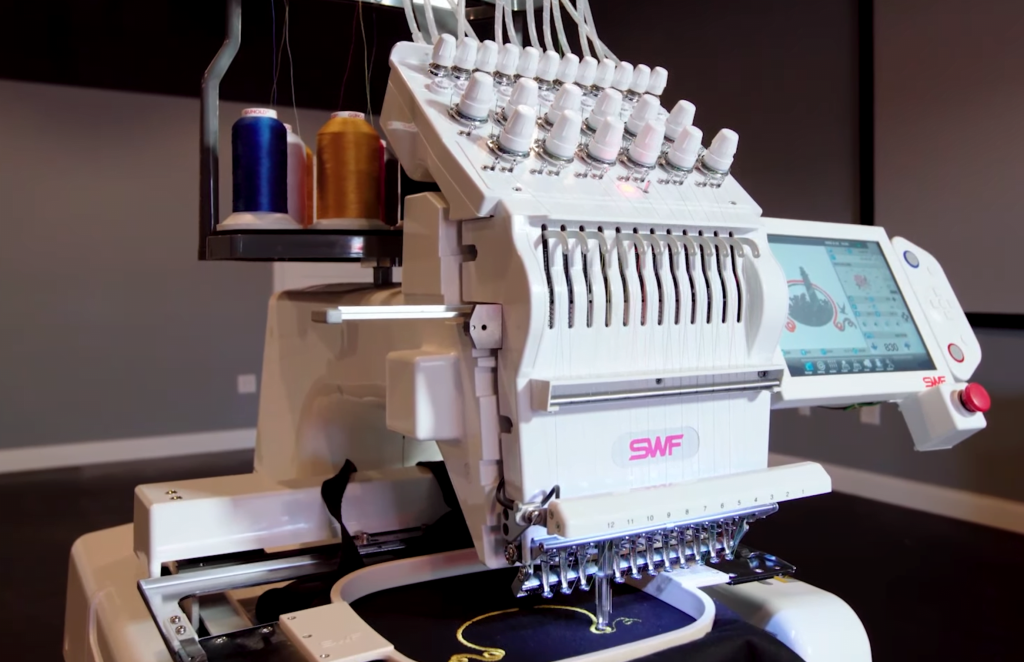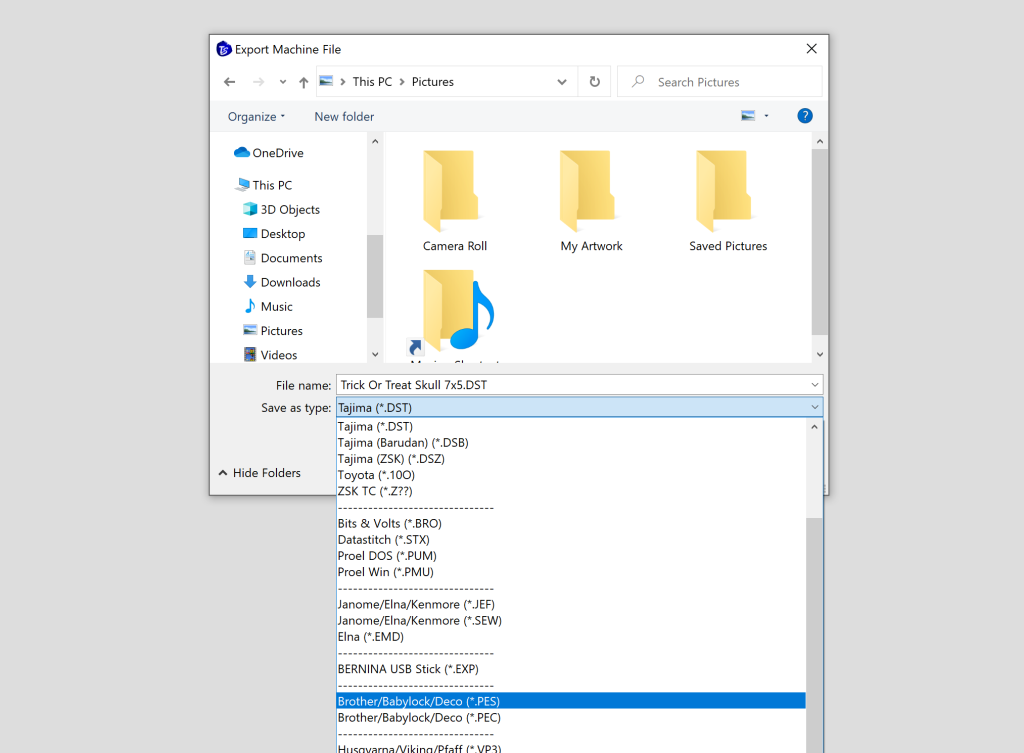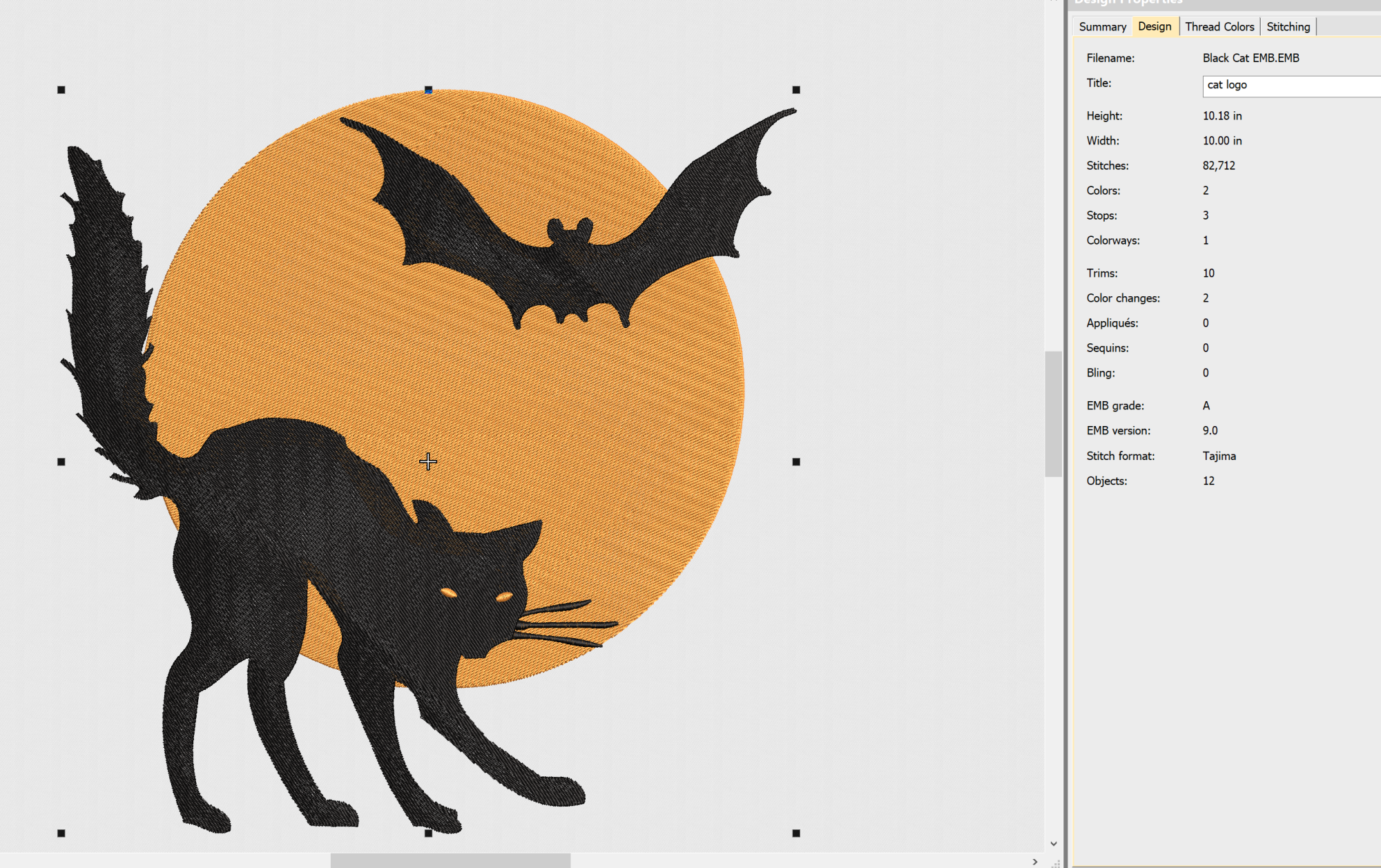Yes, you can embroider on fur! But, this fabric presents some unique challenges to overcome, and you’ll need to use some special techniques to get the job done. In this article, we’re going to talk all about it and how you can make your faux fur embroidery projects a success!
The Challenges of Embroidery On Fur
Fur, even faux fur, has a natural unevenness to its surface. This can make it tough to maintain consistent stitching across the entire design. To make matters worse, the pile of the fabric can vary! This makes it even harder.
Choosing the right type of fur for embroidery helps, and you may want to consider the backing material your faux fur is attached to, and you may also want to opt for a shorter fur. Especially if this is your first fur embroidery project, because longer fur can be quite a challenge to get right!
Choosing the Right Design for Fur
Some designs may not work well with fur. Choose embroidery designs that are simpler, especially if the fur is dense or has a distinct pattern. While intricate designs can be stitched on fur, I’d recommend holding off on it until you’ve done some easier projects first.
If you’ll be digitizing your own design it’ll be much easier, focus on bold fill embroidery stitches that create space for your design. However, free embroidery designs can work too if you’re careful with your selection.
Threads, Needles, and Stabilizers
When choosing an embroidery thread, polyester or cotton in standard weight should work fine. However, choose your colors carefully. Pick something that will stand out against the fur background. Metallics are great for this!
As for the stabilizer, you can test out a few different methods depending on your specific fabric type. Cut-away stabilizers can work well, tear-aways are great for faux fur with shorter pile lengths, and a water-soluble is a good choice if you think the fur may retain residue when the stabilizer is removed.
If you’re trying to embroider on a thick faux fur, a “floating” stabilizer technique may be employed. Place the stabilizer under the hoop without securing the fabric, allowing the fur to remain plush. This technique is useful when hooping may compress the fur too much.
Standard embroidery needles should work fine for things like Christmas stockings, but you may need to employ a ballpoint for fabrics with stretch or pile, but also keep in mind that needles differ depending on threads. If you’re using metallic threads or heavier threads your needle choice will be different.
Embroidery Techniques for Faux Fur
With the above information, you should be armed with the right tools and materials, but below you’ll find a few more tips which can help to make your faux fur machine embroidery project a success.
Stitch in The Direction of The Pile
Run your hand over the faux fur, can you see which direction the fur is flowing? Stitching in the same direction of the fur’s pile can give you a better finished product. Avoid stitching against the pile to prevent compression and maintain the fur’s softness.
Adjust the Thread Tension Accordingly
Puckering can be a major problem, and you can reduce the risk of this by making sure your machine tension is on-point for the project. Testing your settings on a scrap piece of fabric is a good step to make sure you don’t waste your blanks.
Adjust Your Stitch Length and Density if Possible
Shorter pile faux fur may benefit from shorter stitch lengths to create defined and precise embroidery. However, Longer stitch lengths can complement the flow of longer pile faux fur, preventing stitches from getting lost in the fibers.
However, unlike with sewing machines, this is part of the digitization process. That means you must account for it when you’re creating your embroidery files, and the same goes for design density. You can’t change this afterward unless you have the master embroidery file.
Secure Your Fabric Well
When you hoop your fabric, avoid tightening the hoop too much! Doing so can cause distortion and ruin your design. You may also want to try using temporary adhesives or masking tape to secure the edges of the fur, which keeps it from getting caught in the needle or bobbin area.
PS. Need more help learning to use your embroidery machine? We have several guides that can help you with troubleshooting, Hooping, and all the basics of machine embroidery!

Barb, our resident quilter and embroidery aficionado, weaves a thread of creativity through our collection. Serving as the curator of machine embroidery content, Barb infuses each design with a touch of her artistic expertise. The free embroidery patterns you discover on our site often bear the mark of Barb’s craftsmanship. Let’s get crafting!




